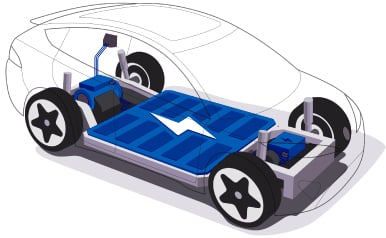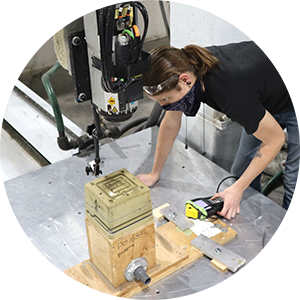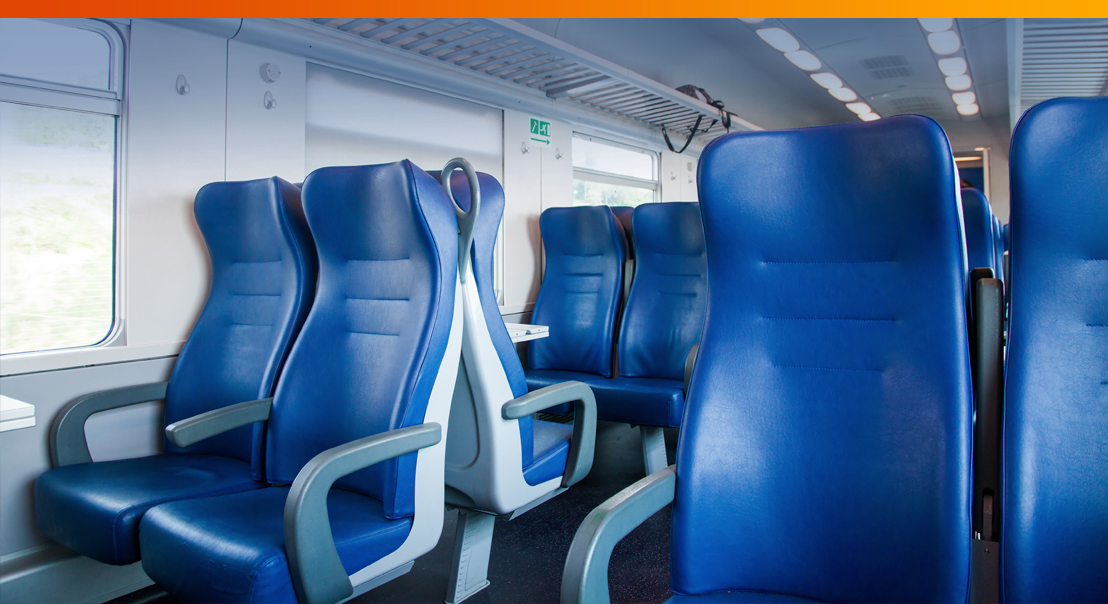The world is transitioning to more fuel-efficient and eco-friendly transport systems in our economy like city buses, airport vans or disabled speciality vehicles, which require modern design and manufacturing solutions. Sales of electric vehicles (EVs) are steadily increasing and transit agencies continue to add electric buses to their fleets. Battery-powered vehicles cannot use conventional manufacturing techniques due to weight constraints.
 To squeeze out every inch of range from these vehicles, more designers are turning to thermoformed parts and interiors. The growing need to consider lightweight elements of engineering and design is pushing manufacturers to look for innovative production techniques that don’t compromise the fit and finish of a part.
To squeeze out every inch of range from these vehicles, more designers are turning to thermoformed parts and interiors. The growing need to consider lightweight elements of engineering and design is pushing manufacturers to look for innovative production techniques that don’t compromise the fit and finish of a part.
How Thermoforming Enables Lightweighting in Transit Applications
The goal of reducing the overall weight of a product is possible by either substituting materials or making extensive design changes. Of these two options, the best approach is to find an alternative, lighter manufacturing material compared to metal or fiberglass.
Plastics are the natural first choice when you want to optimize the weight of your electric vehicles but the volumes you produce may not justify an investment in injection molding. The more parts you have, the greater the tooling cost that will influence the final price of the vehicle.
By opting to thermoform your transit parts and interiors, you can reduce the manufacturing cost of small-volume production runs and achieve the same fit and finish of injection molded plastics.
The Benefits of Thermoforming Electric Vehicle Parts
 Complex part manufacturing calls for repeatability and precision. Kenson Plastics uses a three-step process from initial design review, 3D scanning, and CNC machining to ensure each part fits within a tight tolerance stack-up.
Complex part manufacturing calls for repeatability and precision. Kenson Plastics uses a three-step process from initial design review, 3D scanning, and CNC machining to ensure each part fits within a tight tolerance stack-up.
Vacuum fixturing ensures precise machining while the pressure-forming process enables you to produce the desired contours, sharp features, or convoluted shapes. Because we spend a lot of time dialing in the process up-front, we can thermoform plastic parts that fit together precisely with the texture and finish your lightweight design requires.
Overhaul Your Plastic Part Manufacturing Process with Kenson Plastics
Industrial designers should consider thermoforming when manufacturing electric vehicles at lower production runs. The reduced weight provides better performance while the softer design elements available from plastic parts improve the aesthetics and cosmetics of the vehicle. Kenson Plastics can assist you with finding an optimized, repeatable, and precise thermoforming manufacturing process for all your plastic parts.
Reach out to Kenson Plastics to discuss your requirements for EV plastic parts and mass transit interiors today.




 To squeeze out every inch of range from these vehicles, more designers are turning to
To squeeze out every inch of range from these vehicles, more designers are turning to Complex part manufacturing calls for repeatability and precision. Kenson Plastics uses a
Complex part manufacturing calls for repeatability and precision. Kenson Plastics uses a